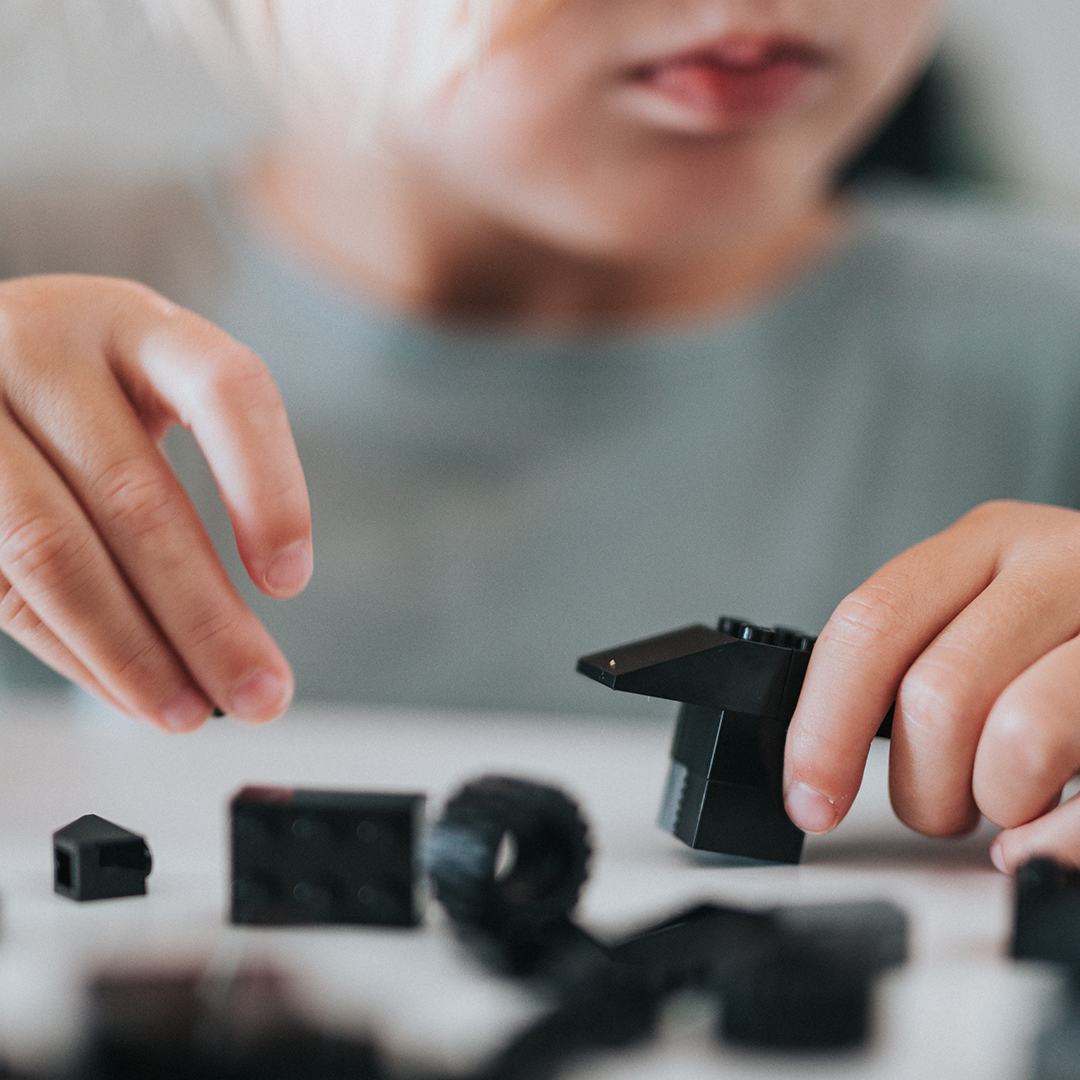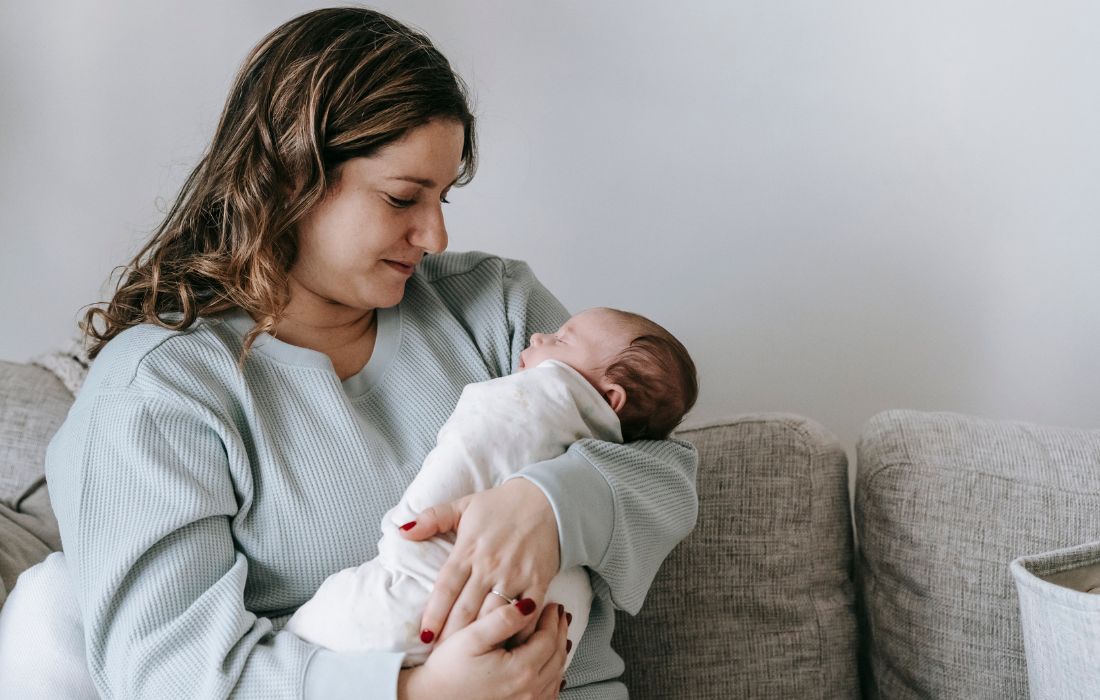Quiet Time for Toddlers: Tips for Dropping the Afternoon Nap
As much as we parents would love for our babies to stay babies, they grow up so quickly. And part of this growth involves changes in their established sleep patterns, most notably, naps. Most children give up their nap by 4 years old, but that doesn’t mean that your child doesn’t need naps if they’re displaying tiredness. In fact, many children transition to something that is commonly referred to as quiet time for toddlers.
These periods of quiet time are particularly essential to those children whom still have ‘nap days’. This often occurs when your child is transitioning out of afternoon naps, but may actually ask for, or show tired signs — which indicate they need a nap — a few days a week. It’s actually quite common for preschoolers to need afternoon sleep two or three days a week just to recuperate and be their happy selves.
The following may be indicators that your child would benefit from quiet time, or even transitioning to nap days, rather than a set nap every day:
- She is regularly fighting the bedtime routine.
- She has suddenly become a bedtime jack-in-the-box, popping in and out of her bed.
- You can hear her singing, laughing, playing, talking, or getting up and down for an hour (or more!) before she finally falls asleep at night.
Remember, your child is used to naps. That means that your child is used to taking their nap at the same time every day. It’s part of their routine. And then suddenly, they no longer need a nap.
This is the perfect time to introduce quiet time. Rather than reworking the routine, you can begin to gently introduce the idea of quiet time. But, how can we gently encourage quiet time?
Start Slowly
Some children will relish the idea of quiet time. Others…well, not so much. To avoid resistance, start quiet time out slowly, perhaps in 15-20 minute increments. Allow your child to play quietly, and do a timed check. Pop your head into the room, acknowledge what a great job he is doing of playing quietly, and if you feel it is called for, suggest alternative items that he may play with. If he’s been reading books, maybe he’d like to play with the blocks.
Think of this as the “quiet time for toddlers shuffle.” You can continue to check in at regular intervals, gradually moving your position from going into his room, to just popping your head around the corner, to peeking in from the hall.
Not ready for quiet time?
Read: Does Your Preschooler Still Need to Nap? Probably
Model Independent Play
Independent play is important for your child’s development, and it’s central to effective quiet time. If you find that your little one is struggling to stay engaged for more than a few minutes without your help, you may want to help them exercise their imagination by practicing the activities that you have available for quiet time. Build a bridge with blocks, have her read you a story, or put on a puppet show, then slowly bow out of the activity, and allow your child to play independently. This will help set the stage for quiet time and spark her imagination.
Treat Quiet Time for Toddlers Like Nap Time
At its core, quiet time is downtime for your child. It’s a time during the day where they have an opportunity to rest their busy little bodies and minds. The length of quiet time can range anywhere from 45 minutes to 2 hours, depending upon the child. Proper use of quiet time can actually make your late afternoon and evening activities more pleasant, as well as helping with bedtime.
You can even set the stage for quiet time by utilizing parts your child’s naptime routine — such as a snuggle and story — but letting them know that they are allowed to play quietly in their room, or snuggle in the recliner and watch Brainy Baby instead of sleeping, if they choose.
Need a new bedtime routine?
Read: Bedtime Routine For Toddlers — Soothing And Predictable
Choose Activities for Quiet Time
Many parents wonder what activities to employ during quiet time for toddlers. At the risk of being obvious, I recommend a quiet activity, or selection of activities. Good choices include books, a slow-moving, quiet video (avoid fast-paced, comedic cartoons, as this will just encourage lots of activity), coloring, playing with blocks or Legos, dolls, trains, puzzles, puppets, etc. The options are really limitless, as long as the child is calm, quiet, and playing in the designated quiet time area.
Some parents find that their children cannot relax if they have too many options available, and that’s okay. In these instances, consider having a quiet time box that contains activities that are only accessible during quiet time. Be sure that you explain to your child that it’s quiet time, and you have a super-special box of activities just for this time.
To make sure that your child doesn’t get bored, try to rotate toys on a semi-regular basis. This is especially helpful if you use a quiet time box.
Have a Set Quiet Time Space
The best place for quiet time is in your child’s room, where you can provide dimmed lights, and familiar pre-nap preparations to help ease him into quietly playing or reading. Having quiet time in his room will also allow your child to comfortably go to sleep should he choose — provided that he’s not in a crib.
If your child has transitioned to quiet time and is still in a crib, you can provide activities for him in his crib, and let him know that it’s naptime, but if he can’t sleep, then he can read a book, do a puzzle, or play with his puppets.
If you find that his room has too many toys, consider having quiet time in another room, or moving the toys so that he does not become over-stimulated while he’s trying to rest.
Need to know more about dropping that nap?
Read: Dropping The Afternoon Nap — Transitioning To Quiet Time For Toddlers
Use Dramatic Wake Up
Quiet time for toddlers ends when you go into your child’s room to tell them how proud you are that they played so quietly. Tell them that it’s time for the next portion of your daily routine. Many families find that having a snack after quiet time is helpful.
If your child is fairly independent, some families find that it helps to use an alarm clock, radio, or light to help alert the child to the end of quiet time. Allowing your child the independence to end quiet time “on her own” will cut back on questions about when she can go outside, or finger paint, or come downstairs.
Expectations for Quiet Time
Quiet time is not the same as naptime. Your child is mobile, and playing independently, which means that the rules need to change a bit. Keep your expectations simple and easy to understand. Some parents find that sticking to 3-5 rules is helpful. Some key expectations for quiet time for toddlers:
- He needs to stay in his room.
- If he needs something, he should come and get you rather than yelling. Consider setting some limits regarding the number of times he can come and get you if this begins to get out of hand.
- The activities for quiet time need to be quiet. That means no screaming, yelling, or playing the bongos.
- Set potty rules. Does he need your assistance? Is he able to quietly use the toilet on his own, should the need arise?
You may also want to consider whether or not you allow snacks and drinks. Many families find that having lunch directly before quiet time helps to ensure that your child has a full tummy, and will limit the amount of crumbs that end up in their bedrooms. Other families allow small, quiet, snacks.
Whatever your quiet time rules, be sure that establish them at the beginning of each and every quiet time. Just make it part of your preparation routine.
Child won't sleep and you don't know where to start?
There is a gentle, proven method to get a good night's sleep for you and your child...
Be Consistent, Be Flexible
I find myself saying it time and time again, but it’s the truth. Children are all about consistency. Just as you were consistent with naps, be consistent with quiet time for toddlers. You may find that your child will eventually look forward to her quiet time.
Just like naptimes, there will be some days that are just ‘off’. Expect that some days will be better than others, and that your child may only be able to handle a maximum of 45 minutes playing independently, while other children are perfectly happy with a full 2 hours. Figure out what works for your family, and enjoy the peace and quiet.
How does your child spend quiet time?
Visit us on Facebook, and @thesleeplady on Instagram and let us know!




